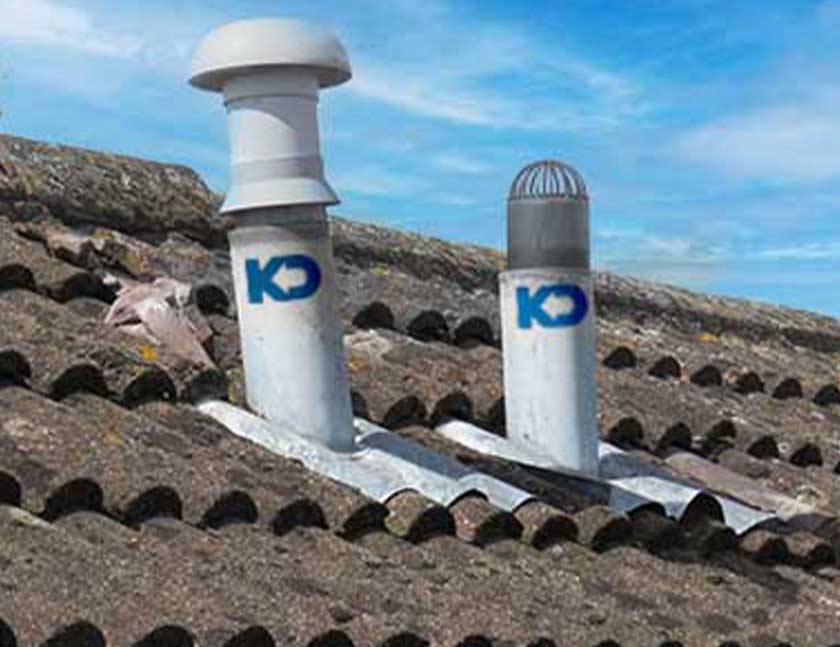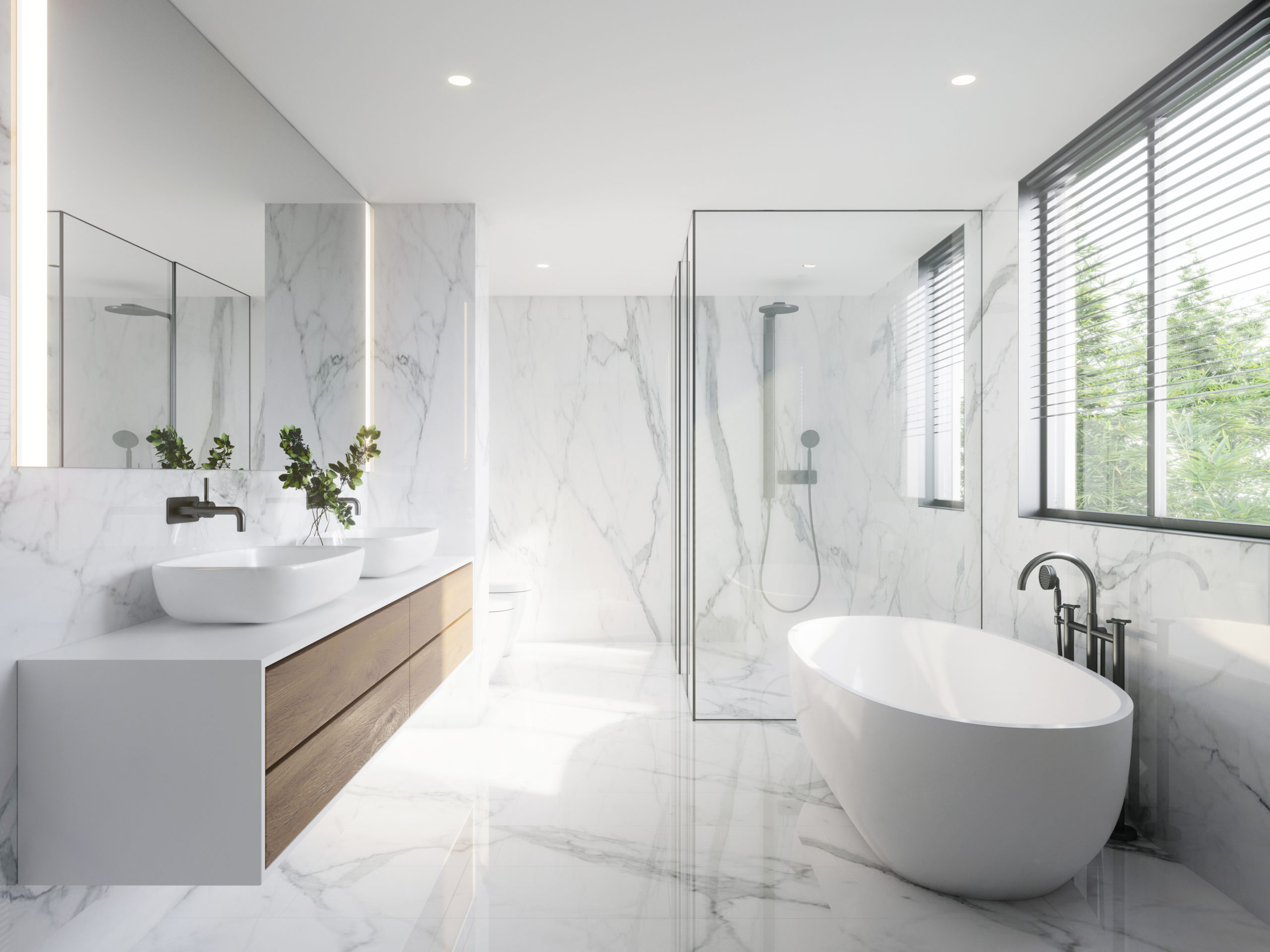The Purpose of Adequate Ventilation in Maintaining Plumbing Systems
The Purpose of Adequate Ventilation in Maintaining Plumbing Systems
Blog Article
This post below in relation to What Are Plumbing Vents and Why Are They Important? is indeed enjoyable. You should look it over.

Proper ventilation in plumbing systems is often ignored, yet it is vital for maintaining the capability and safety of your home's plumbing. Air flow helps control atmospheric pressure, prevent the buildup of damaging gases, and ensure the efficient elimination of waste. In this guide, we will certainly check out the relevance of appropriate plumbing ventilation, how it works, and the benefits it offers your plumbing system.
Recognizing Ventilation in Pipes
Ventilation in plumbing describes the network of pipes that enable air to flow with the water drainage system. These vents serve several objectives, including controling atmospheric pressure within the pipes, stopping sewage system gases from entering the home, and aiding in the smooth flow of wastewater.
Exactly How Air Flow Functions in Pipes Systems
Air Pressure Policy
Appropriate air flow preserves well balanced atmospheric pressure within the pipes system. When water streams with pipes, it displaces air. Without appropriate ventilation, this variation can develop adverse pressure, leading to slow down drains pipes or siphoning of water from traps, which can cause unpleasant smells to seep into the home.
Stopping Drain Gas Build-up
One of the most essential functions of plumbing vents is to prevent sewer gases, such as methane and hydrogen sulfide, from building up within the home. These gases can position severe health risks and are highly flammable. Vent pipelines enable these gases to run away safely outside.
Aiding in Waste Removal
Ventilation aids in the efficient elimination of wastewater by preventing airlocks in the drain system. When air can stream easily with the vents, it permits water and waste to stream efficiently via the pipelines, minimizing the risk of blockages and back-ups.
Types of Pipes Vents
Main Stack Vent
The major stack air vent, also known as the air vent stack, is the primary air vent in a pipes system. It expands from the primary drainpipe line up through the roofing system, permitting gases to get away and fresh air to enter the system.
Branch Vent
Branch vents connect to the main stack air vent and offer individual fixtures, such as sinks, commodes, and showers. These vents make certain that each component has sufficient air flow to operate properly.
Air Admittance Valve (AAV).
An Air Admission Valve (AAV) is a one-way shutoff that permits air to get in the plumbing system without the demand for a standard vent pipeline expanding through the roof covering. AAVs are frequently utilized in remodellings or areas where mounting a conventional air vent is not practical.
Indications of Poor Air Flow in Plumbing.
Slow Draining Fixtures.
If your sinks, tubs, or commodes are draining slowly, it could be an indicator of bad ventilation. Poor air flow can produce a vacuum cleaner result, making it hard for water to drain effectively.
Gurgling Appears.
Gurgling audios originating from drains pipes are commonly a result of air being sucked via water traps due to adverse pressure in the pipelines. This is a clear indicator of inadequate ventilation.
Unpleasant Odors.
Sewer smells inside your home are a warning that your pipes system is not properly ventilated. This can suggest that sewage system gases are not being sufficiently vented outside, resulting in potentially hazardous conditions.
Typical Ventilation Errors.
Inadequate Vent Sizing.
Using small vent pipelines can lead to inadequate air circulation and pressure imbalances in the system. It's essential to utilize vents that meet the details needs of your pipes system.
Improper Vent Positioning.
Placing vents as well far from the components they serve can minimize their performance. Appropriate placement makes certain that air can stream openly and efficiently with the system.
Ignoring Code Needs.
Building ordinance give details standards for pipes ventilation. Overlooking these codes can lead to a system that fails to work appropriately and may cause pricey fixings or health hazards.
Advantages of Proper Ventilation.
Enhanced System Effectiveness.
Effectively aerated pipes systems run more effectively, with fewer blockages, faster draining pipes, and less pressure on the pipelines. This performance expands the life expectancy of the plumbing system.
Improved Air Top Quality.
By protecting against drain gases from entering your home, appropriate air flow adds to better interior air high quality, making your living environment healthier and a lot more comfy.
Stopping Water Damages.
Appropriate air flow assists prevent water from being siphoned out of traps, which can bring about sewage system gases going into the home and causing water damage with time.
Actions to Make Certain Correct Air Flow.
Consulting Pipes Codes.
Constantly speak with regional plumbing codes when developing or modifying your pipes system. These codes supply the required guidelines for correct venting and ensure your system meets safety standards.
Routine Assessment and Maintenance.
Normal assessments can aid identify potential ventilation issues prior to they become significant problems. Upkeep jobs, such as cleansing air vent pipelines and looking for blockages, are crucial for maintaining the system in good working order.
Professional Setup.
For brand-new installments or major alterations, it's smart to hire a professional plumbing professional. They have the expertise to make sure the ventilation system is appropriately designed and set up according to code.
Final thought.
Proper ventilation is a critical element of any pipes system, making certain that it works effectively and safely. By understanding the importance of air flow, identifying the indications of poor ventilation, and taking steps to maintain your system, you can protect against expensive problems and safeguard your home's air top quality.
What is a Plumbing Vent and it's used for?All plumbing systems in residential and commercials construction have a plumbing vent. It doesn’t just vent unwanted odors from the drainage system to the outside; it actually serves an important purpose by supplying air to the system.
The plumbing drainage system is actually called a drainage, waste and vent (DWV) system. When water flows down the piping, an air supply (vent) is needed to allow the water to flow. Think of the vertical pipe as a drinking straw. If you plug the top end of a straw, liquid won’t drain from it.
The DWV system in your building consists of a series of pipes connected to each fixture; they extend above each fixture, and the system terminates at an open pipe that extends through the roof. This piping allows air into the system and prevents unbalanced pressures in the piping.
?The vent also prevents the system from drawing water out of a trap at the fixture with the characteristic “glug-glug-glug” as the drain gasps for air. Plumbing traps should drain smoothly and never “glug” or gasp for air.
If you have a drain that empties slowly or gurgles as it drains, this may indicate a venting problem. If you flush a toilet and the sink gurgles, there’s definitely a vent problem. It is good idea to have a Plumber check this.
https://www.ameliashomeinspection.com/blog/what-is-a-plumbing-vent-and-its-used-for

I am just very fascinated with What Are Plumbing Vents and Why Are They Important? and I really hope you appreciated the entire blog post. Enjoyed reading our entry? Please quickly share it. Let other people locate it. Thank you for being here. Come back soon.
Book Your Service Report this page